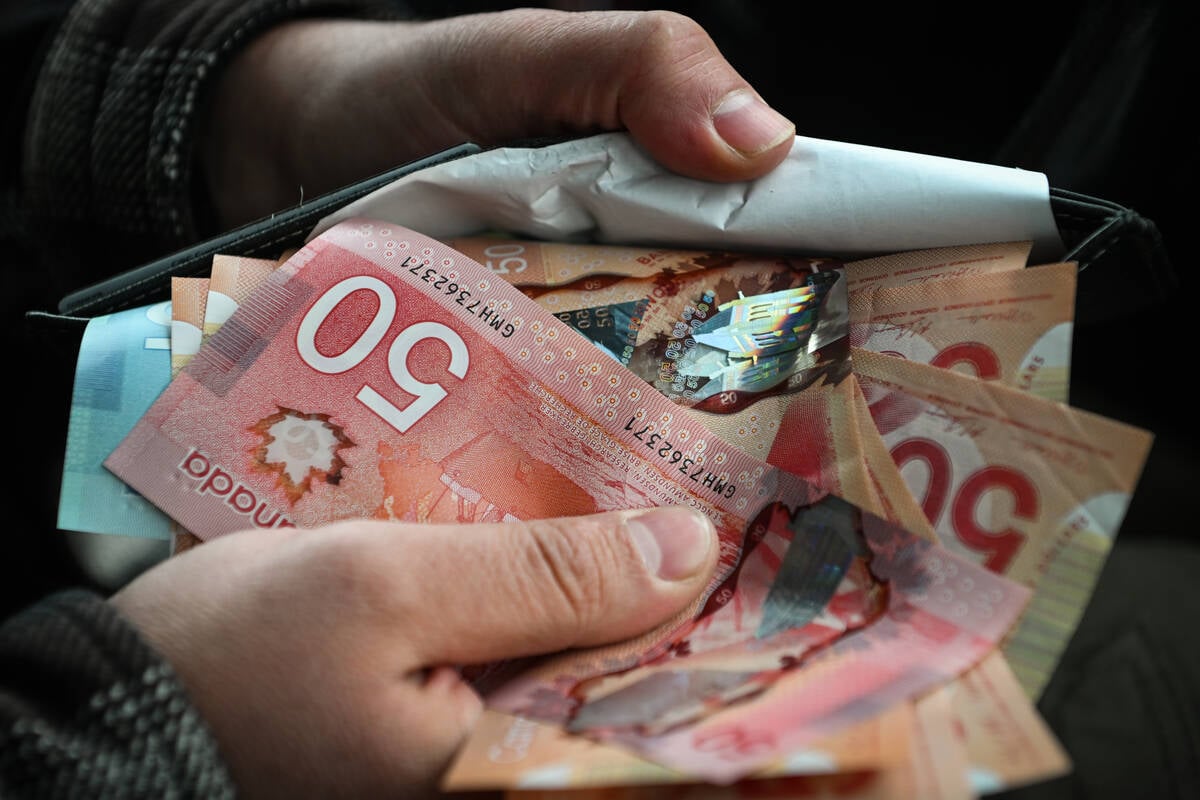After oil hit a peak of $147 US per barrel last year, energy analysts and speculators predicted that $200 per barrel was inevitable and the emerging economies of China and India would eventually consume all of the world’s oil.
The supply-demand balance of oil today looks much different, said Roger McKnight, senior petroleum advisor for En-Pro International in Toronto.
“Right now, there is so much crude that they (oil companies) are swimming in it,” said McKnight.
Statistics from the U.S. Department of Energy’s (DOE) weekly snapshot of the petroleum market July 8 showed that U.S. crude oil inventories are 53.4 million barrels more, or15 percent higher, than in the same period in 2008.
Read Also

Government support for Canadian farmers has plummeted
Subsidies in Canada were 30 per cent of gross farm receipts in 1980s and are now around eight per cent
The DOE also said that U.S. distillate inventories hit 158.7 million barrels last week, which Reuters News Service reported is the highest in nearly 25 years.
“Distillate numbers, meaning diesel, heating oil and jet fuel, are at 36 million barrels higher than they were a year ago, which is astronomical,” McKnight said.
The massive supply of distillates is a major factor behind the current retail price for diesel.
It ranges from 82 to 88 cents per litre on the Prairies, based on a July 7 price survey by MJ Ervin and Associates of Calgary.
In comparison, Canadian consumers were paying nearly $1.50 per litre at the pump for diesel last July.
That’s because oil companies ramped up diesel production, said Spencer Knipping, a petroleum analyst with Ontario’s Ministry of Energy.
“Last year, refining margins on diesel, especially in the fourth quarter of the year, were quite a bit higher than for gasoline,” he said.
Oil companies wanted to profit from the higher crack spread for diesel, the difference between the price of crude and a petroleum product.
The other factor behind prices is the global recession, Knipping said.
“Diesel demand has been impacted more by the recession than gasoline demand. Diesel is used to move goods,” Knipping said.
Looking ahead to the next few months, the pump price for diesel will likely fall to 70 cents per litre, McKnight predicted.
“We (analysts) are starting to wonder what’s going to happen in September, at harvest time on the Prairies, when the oil companies have so much diesel and heating oil and don’t know what to do with it.”
Peering further down the road, Knipping said after two years of volatile petroleum prices, we may be in for a period of stability.
“We had the property bubble and you could say we had an energy bubble as well,” he noted. “It looks like we’re going to be in a period of subdued economic growth … and under those conditions we might expect volatility to decline.”















